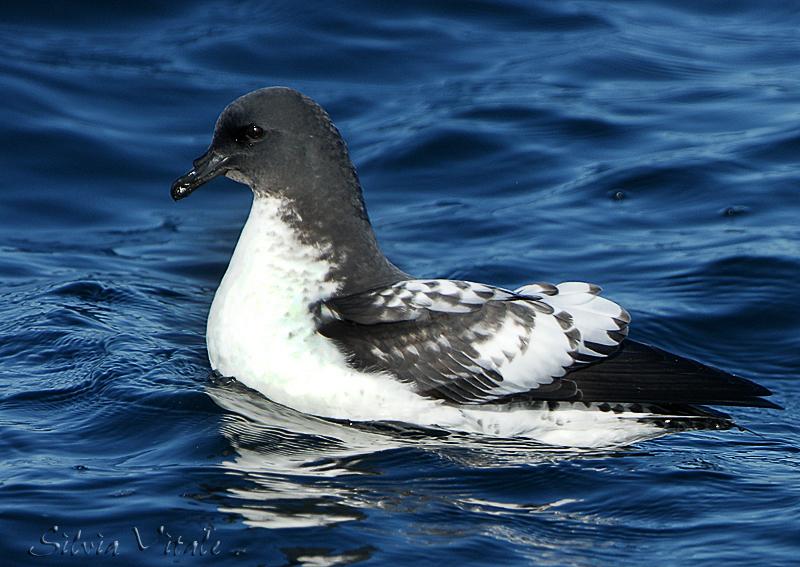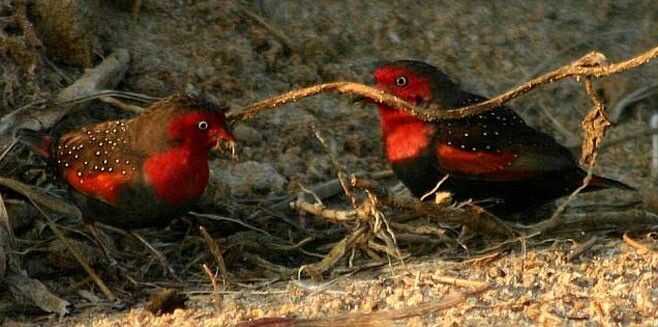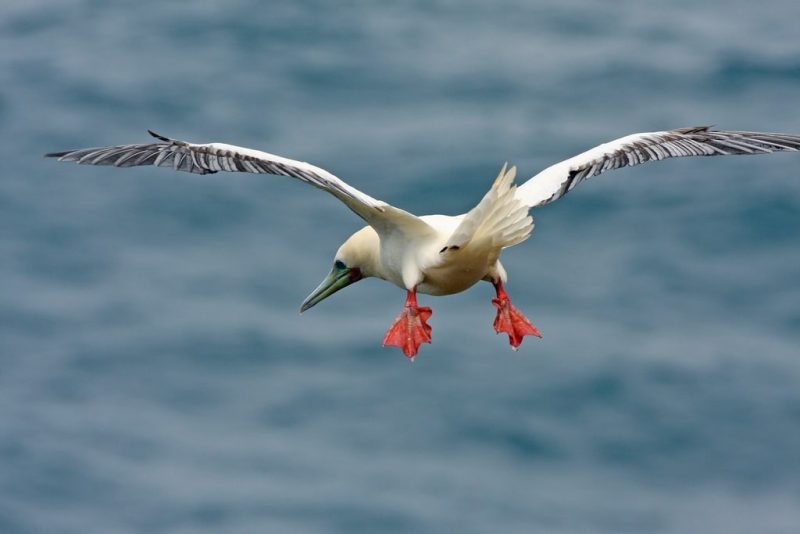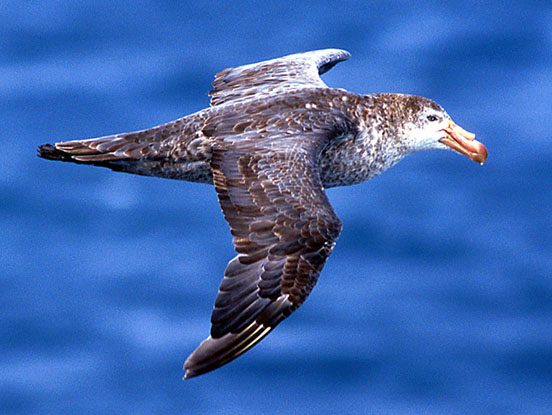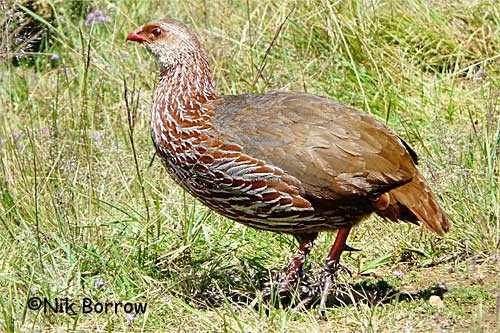Shearwaters, Flycatchers, And Ducks Of Kenya
Some of the birds in Kenya that was once abundant suddenly become nomadic due to various reasons. But people do come across them accidentally. A few species belonging to shearwaters, old world flycatchers and ducks are among them.
Shearwaters
Belonging to the order of Procellariiformes and the family of Procellaridae, shearwaters go by the scientific name procellariids. They have united nostrils. They are the Cape petrel, the Antarctic prion, the Wedge-tail Shearwater, and the Sooty Shearwater.
Cape Petrel
The only member of the genus Daption is the Cape petrel. Their nasal passages attach to the upper bill. They secrete a stomach oil made up of triglycerides and wax esters which they spray out of their mouths to protect them from predators and as an energy food source during long flights. Also, Cape petrels have a salt gland that excretes a saline solution from their nose which helps desalinate their bodies caused by the high amount of ocean water. This unique looking petrel’s main diet is crustaceans and is aggressive while feeding. They obtain fish, squid, and krill by diving underwater and surface-seizing. They also follow boats and eat carcasses and edible waste thrown overboard.
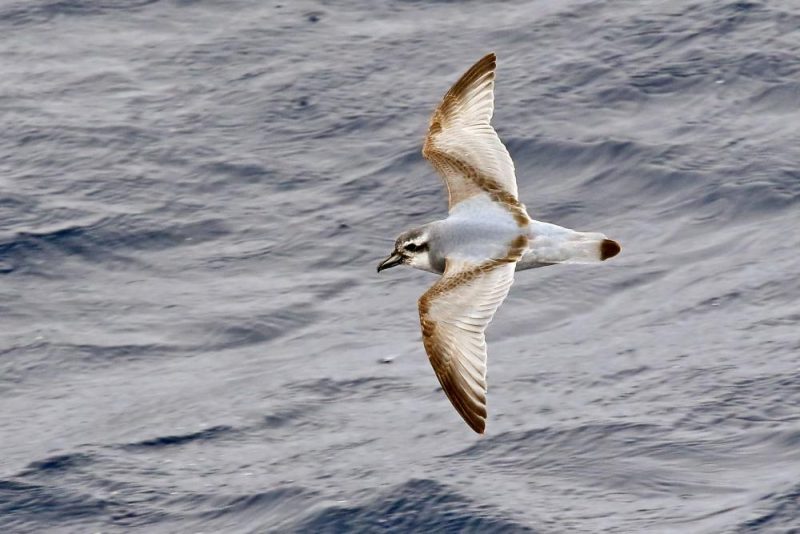
Antarctic prion Source:HBW
Antarctic Prion
One of the largest and the most cosmopolitan of the prions is the Antarctic prion. Another name is Dove prion. It uses a feeding style called hydroplaning. Using this strategy, they alight on the surface of the water and uses its feet to propel rapidly forward with its head partially submerged. This method utilizes its lamellate bill to filter crustaceans. The Antarctic prion has expandable skin on the lower mandible which it uses to form a gular pouch that aids in filter feeding.
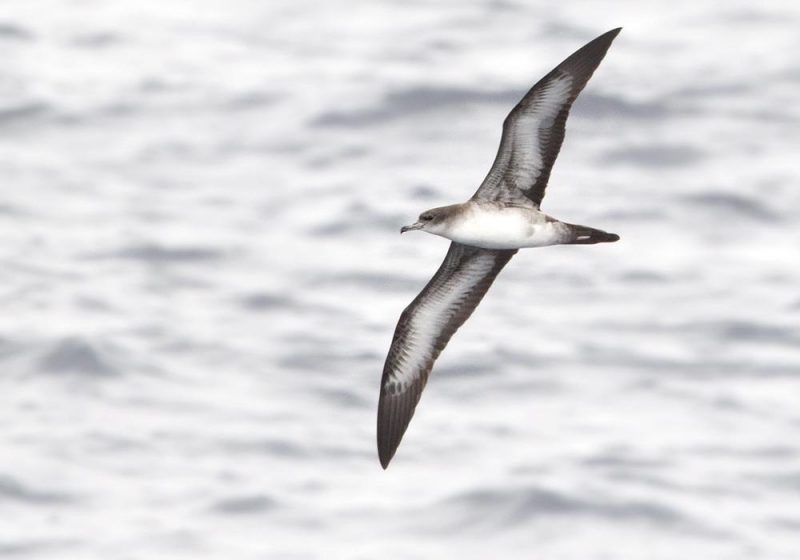
Wedge tailed shearwater Source:HBW
Wedge-Tailed Shearwater
The well-bowed shape of the tail gives the Wedge-tailed shearwater its name. They hold the tail forward and slightly higher than the body. While taking off, the birds flap up their wings slowly and then glides towards the water, speeding up according to the strength of the water, and often progressing lower in arcs, before rising and sliding down again. They are relatively large birds. As much as its bill is all dark, the legs are very pale and almost invisible from far despite their massive size. Several records of sightings in coastal Kenya between Shimoni to Lamu exist. And there are reportings of a maximum of 12 Wedge-tail shearwaters off Mtwapa.
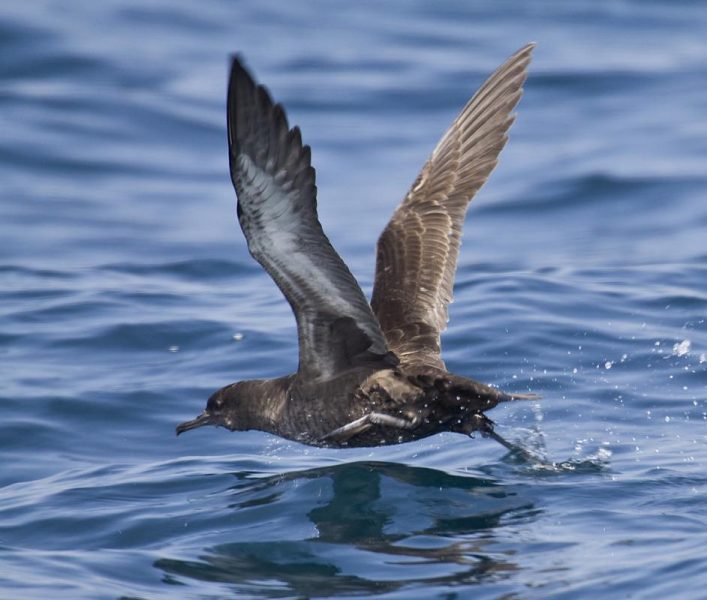
Sooty shearwater Source:HBW
Sooty Shearwater
One of the most common seabirds is the Sooty Shearwater. It is also one of the top predators in the system. Ironically, they suffered a 90% decline. The oceanic temperature increase and the decrease in zooplankton are direct causes of its current survival status. There is enough evidence to suggest that the recent trends in global warming and atmospheric changes negatively impact the plant growth and productivity.
Old World Flycatchers
As the name suggests, Old World flycatchers are a group of small passerine birds of the ancient world. They are small arboreal insectivores. Their appearance is highly varied, but they have harsh calls and weak songs. They are the European pied flycatcher, the Collared flycatcher, the Black-eared Wheatear, and the Desert Wheatear.
European Pied Flycatcher
The male European pied flycatcher has white spots on their foreheads. The size of these marks correlates with its attractiveness to a female. It also indicates the male’s competence. Their plumage is ultraviolet reflective to make it appear bright in the eyes of the hen. They use these to attract individuals of the opposite sex.
In some populations of the southern parts of their range, the hen may have these patches as well. For these individuals, the spots are a sign of old age, rather than health. Larger blotches have also proved to connect with fewer trypanosome infections. Both polygyny and monogamy occur in this species. But polygyny represents a cost to males because they are more likely to be cheated by the mates, leaving them to raise the chicks. One of the quickest and best ways to judge the cocks is to listen to their songs. Both bright plumage and complex songs indicate good fitness.
Collared Flycatcher
Researchers at Uppsala University found that the forehead patch size of Collared flycatchers changed owing to the rising spring temperatures in their breeding sites. This characteristic might be the beginning of a new natural selection. Evolution magazine published these results, which includes 15 generations. The related data and subsequent research contributed to an understanding of the effects of climate change on the nature of evolution.
Black-Eared Wheatear
The males of the black-eared wheatear in summer when its black wings and white body, tail, and mask are pronounced, is highly conspicuous when perched on an exposed low tree branch or a bush from which it pounces on insects. The species is a summer visitor, where it is abundant on lightly wooded and open arid flatlands and hillsides.
Desert Wheatear
True to its name, the Desert wheatear is of the open desert origin and camouflages itself very well with its cream-colored upper parts, creamy buff plumage tones, and distinct frosty-white scapulars in all plumages. The all-black tail is also unique to these birds. They are relatively shy and remain tucked away in the desert. But when found, they are full of character and inquisitiveness.
Ducks
Along with geese and swans, the Anatidae family includes ducks, which are adapted to an aquatic existence and are excellent at shedding water owing to an oily coating on their feathers. These birds have webbed feet and flattened bills. The birds that belong to this category are Mallard and Common Pochard.
Mallard
One of the most vagrant ducks found in Kenya is Mallard. No satisfactory recent records exist about this bird and no specimens preserved. However, there are traces of them near Marsabit. A peculiar feature about this duck species is that they have two black tail feathers that curl up and forward.
Common Pochard
One of the vulnerable duck species of Kenya is Common pochard, whose population crashed spectacularly over the past two decades. It is now critically endangered. Common Pochard is an open-water, stocky diving duck with a steep forehead and long bill. Their young may show remnants of brown plumage in early winter.
The scant amount of information about the nomadic birds of Kenya is due to their rarity. They are only stumbled upon accidentally and are often shy of human beings.
5 Frequently Asked Questions About The Nomadic Birds Of Kenya
To receive a colourful digibook about birds with videos, images and text, please fill out the following form or simply email us on safaris@safari-center.com

